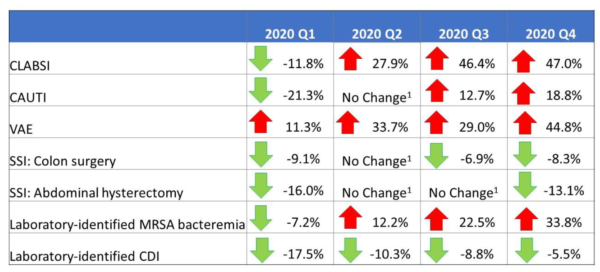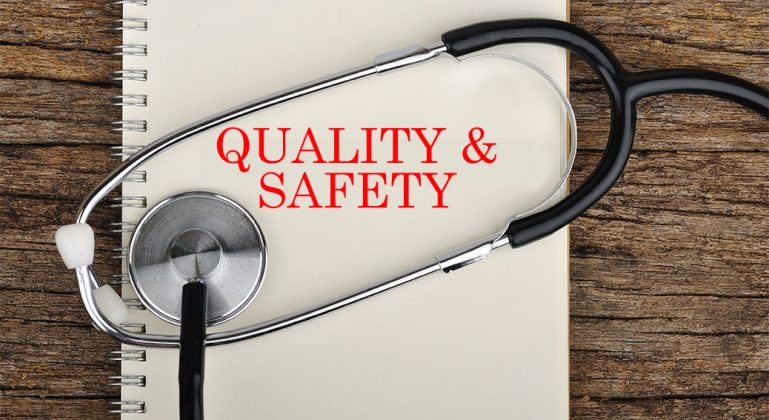A new study from CDC is the first comprehensive look at the impact of COVID-19 on the incidence of healthcare-associated infections (HAIs) that harm patients in U.S. hospitals. The findings, published in Infection Control & Hospital Epidemiology (ICHE), show substantial increases nationally in HAI and select antibiotic-resistant (AR) infections in 2020 compared to 2019. For most of these infections, the increases seen in 2020 present a strong contrast to the success in reducing these infections prior to the pandemic.
The COVID-19 pandemic created a perfect storm for HAI and AR infections in healthcare settings. Many hospitals faced extraordinary circumstances that may have reduced the implementation of standard infection prevention and control (IPC) practices. As hospitals were inundated by COVID-19, data reported to the National Healthcare Safety Network (NHSN), the Centers for Disease Control and Prevention’s domestic tracking and response system to identify emerging and enduring threats across healthcare, revealed an increase in HAI incidence throughout 2020.
Data from NHSN show initial increases early in 2020 for ventilator-associated events (VAEs), central line-associated bloodstream infections (CLABSIs), and methicillin-resistant Staphylococcus aureus (MRSA) bacteremia. In addition, compared to 2019, the second half of 2020 saw large and significant increases in catheter-associated urinary tract infections (CAUTIs), CLABSIs, VAEs, and MRSA bacteremia.





